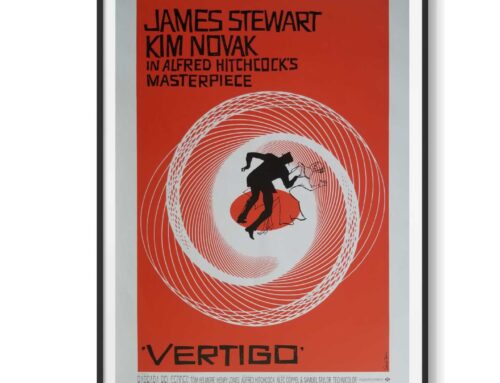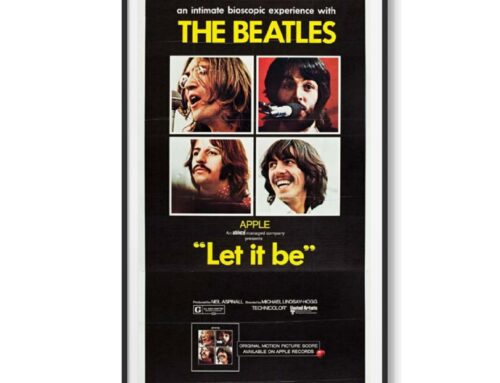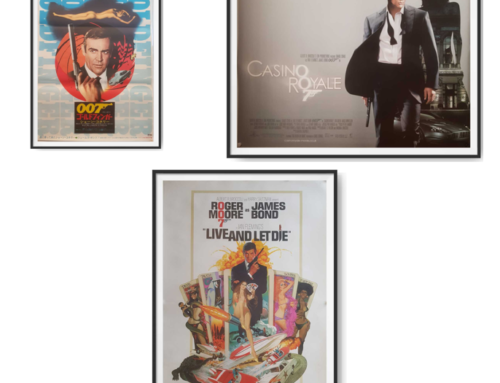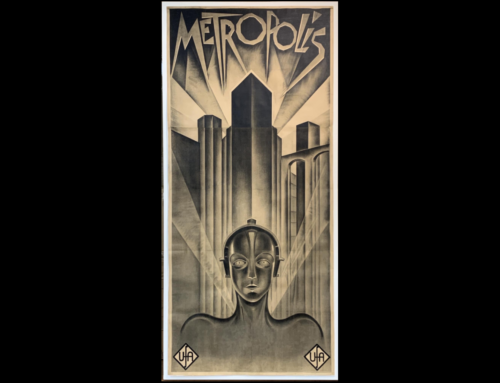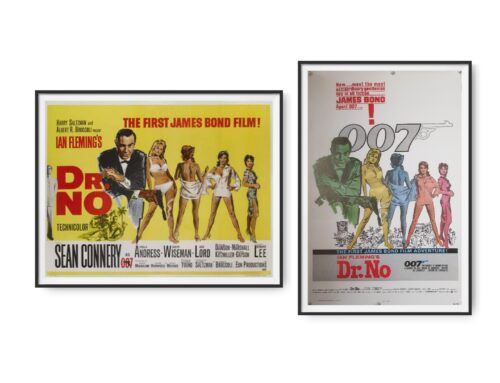Last week’s blog article on our website about BANKSY got us thinking about the similarities, and differences, between the market for cinema posters and other types of Fine Art. In this article, by answering a series of questions, we compare the two markets.
What is Fine Art?
The Cambridge Dictionary provides a good definition. Fine Art is drawings, paintings, and sculptures that are admired for their beauty and have no practical use.
Are cinema posters considered to be Fine Art?
A cinema poster is initially printed for a practical reason – to promote a film. At a later stage when people begin to collect and display cinema posters they are doing so for no practical reason other than pleasure. We deduce that cinema posters when initially printed and displayed in cinemas are not fine art. However, when a cinema poster is removed from the cinema and kept for pleasure, the poster then becomes fine art.
How can cinema posters and/or fine art be acquired?
Both cinema posters and fine art can be acquired from galleries/dealers or auction houses. Cinema posters can be bought in some brick-and-mortar shops but more and more poster dealers are moving online. Like fine art, cinema posters can also be acquired through auction houses and the major art auction houses such a Christie’s and Sotheby’s also regularly auction cinema posters. Generally, dealers such as ‘Cinema Poster Gallery’ are able to offer cinema posters at better prices than auction houses. This is largely a reflection of the lower cost base of an online gallery.
Unlike many other sectors of the art market, the end consumer of a cinema poster does not have the option to buy from the producer. A Painting or Print can be bought from the artist or printmaker that produced it, thereby negating the role of the dealer or auction house. Film Studio to not produce cinema posters to sell them to the public. Posters are solely produced for marketing purposes.
Do posters have provenance?
Provenance is a fancy-sounding word used in the art market to describe where artwork has come from. Provenance often takes the form of a card with a list of owners that accompanies a picture displayed in a gallery or offered for sale. Provenance is generally not recorded in the same way for cinema posters. However, buying a cinema poster with a Certificate of Authenticity from a reputable dealer is a good way to begin a line of provenance for a poster you may wish to sell at a later stage.
Are cinema posters numbered in the same way as printed editions? What are the numbers sometimes seen on the bottom right of a cinema poster?
Much fine art takes the form of print editions. In last weeks blog we discussed how 600 copies of Banksy’s ‘Pulp Fiction’ had been produced for sale and how each copy was numbered 1 to 600. Cinema posters have never been numbered in this way. Some US Posters will have an NSS Stock number on the bottom right. This records the ‘Year of Release’ and a ‘unique reference number’ for the film but not the quantity of posters printed.
One might ask why something that transpired to be so rare and valuable was never logged. The poster for Casablanca pictured above is now worth hundreds of thousands of dollars and there are probably fewer than 10 known copies in existence. Would it not have been a good idea to number these posters?
Again, the answer lies in the reason the poster was printed in the first place – to promote a movie. For this reason, the quantity of a cinema poster printed is not recorded. Furthermore, the executives at Warner Bros could never have predicted this Casablanca poster would become so valuable, or indeed be considered Fine Art when it was were originally sent to print in 1942.






